
The Narwhal picks up National Magazine Award nomination for Amber Bracken’s oilsands photojournalism
Bracken was recognized for intimate portraits of residents of Fort Chipewyan, Alta., who told her...
Manitoba has fallen behind neighbouring provinces in taking steps to safeguard against environmental risks relating to the oil and gas industry, despite numerous calls at both the national and provincial levels for better oversight practices.
Both Saskatchewan and Ontario ramped up regulatory oversight and improved transparency following critical auditor general reports that flagged significant issues, including infrequent inspections, poor documentation of monitoring and enforcement activities, a lack of staff resources and inadequate public reporting.
Those provinces previously relied heavily on the industry regulating itself, a practice that is still followed in Manitoba, and one that raises alarm bells among experts.
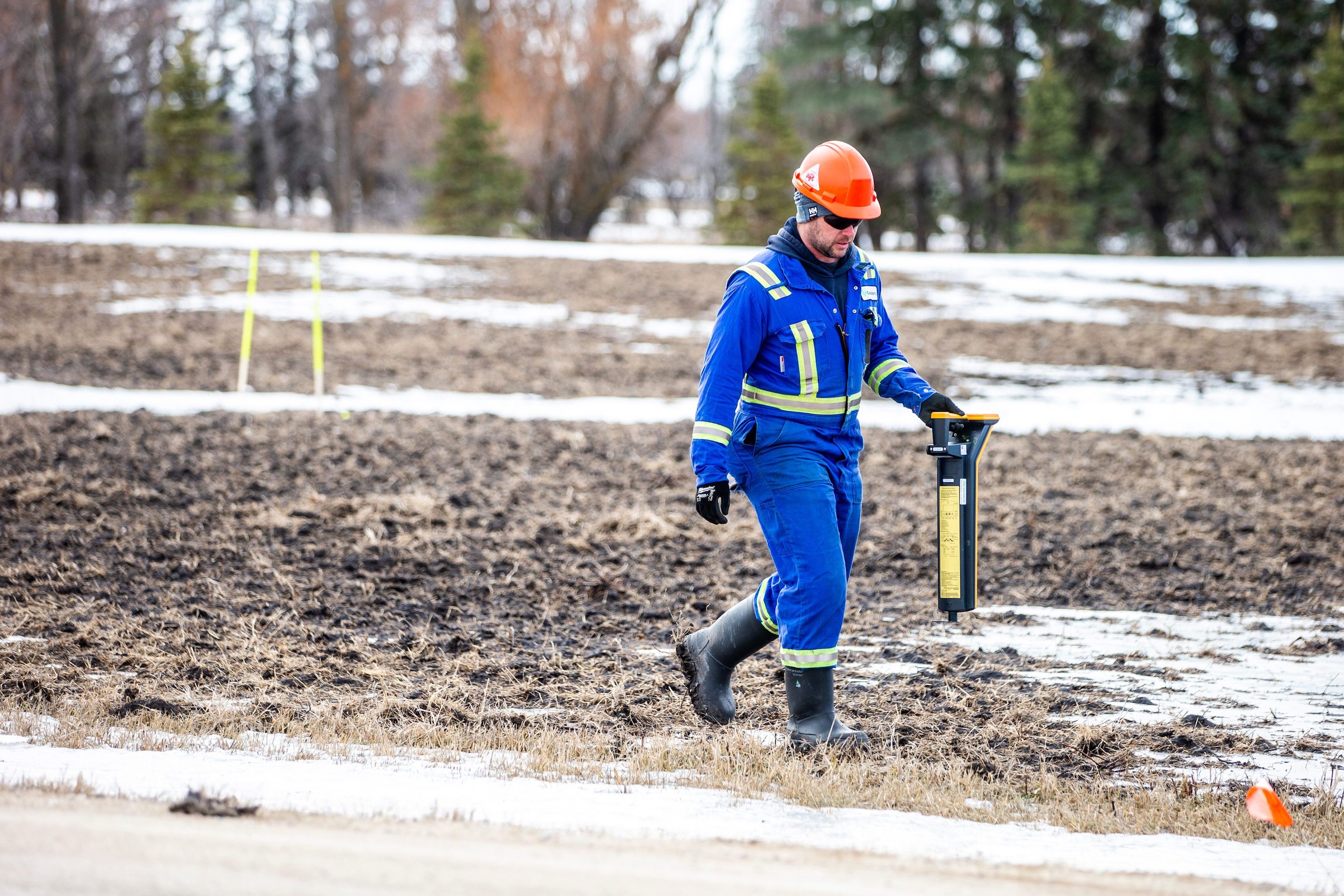
“Effective regulatory oversight … is important to reducing the risk of company non-compliance, and to protecting the safety of Canadians and the environment,” Canada’s auditor general wrote in a 2015 review of federal pipeline management.
In the wake of a major Imperial Oil fuel pipeline shutdown for preventative repairs in March — coupled with dwindling staffing numbers and inspections — Manitoba’s government said it’s aware of gaps in how it monitors provincially regulated oil and gas pipelines.
“This Imperial Oil incident has really highlighted some of the gaps, perhaps, in governmental oversight,” Manitoba Environment and Climate Change Minister Tracy Schmidt said in a recent interview.
More than 6.5 million litres of oil and related fluids have spilled from Manitoba’s 5,000-kilometre pipeline network in the last 16 years, but no fines have been issued. The province has conducted just 13 documented inspections in five years.
The province plans to add a few inspectors and Economic Development, Investment, Trade and Natural Resources Minister Jamie Moses has hinted his government may pursue “regulatory changes” in the future.
“With the safety of Manitobans in mind and the safety of the environment in mind we want to make sure that we hold industry to the highest standards, make sure that we’re working more proactively with them and ensure that we’re increasing our oversight and inspections,” he said.
The growth of Canada’s oilsands through the 2000s and early 2010s, punctuated by a handful of high-profile oil spills, led to increased public scrutiny of the oil and gas industry — and new attention from auditors.
The federal auditor general led the charge with a review of dangerous goods transportation — including oil and gas pipelines — in 2011. Canada’s Energy Regulator (then called the National Energy Board) is responsible for more than 70,000 kilometres of cross-country pipelines and conducts inspections and enforcement. The auditor found the federal monitoring program was generally “sound” but lacked consistent documentation of monitoring activities and rarely followed up on companies with deficient operations.
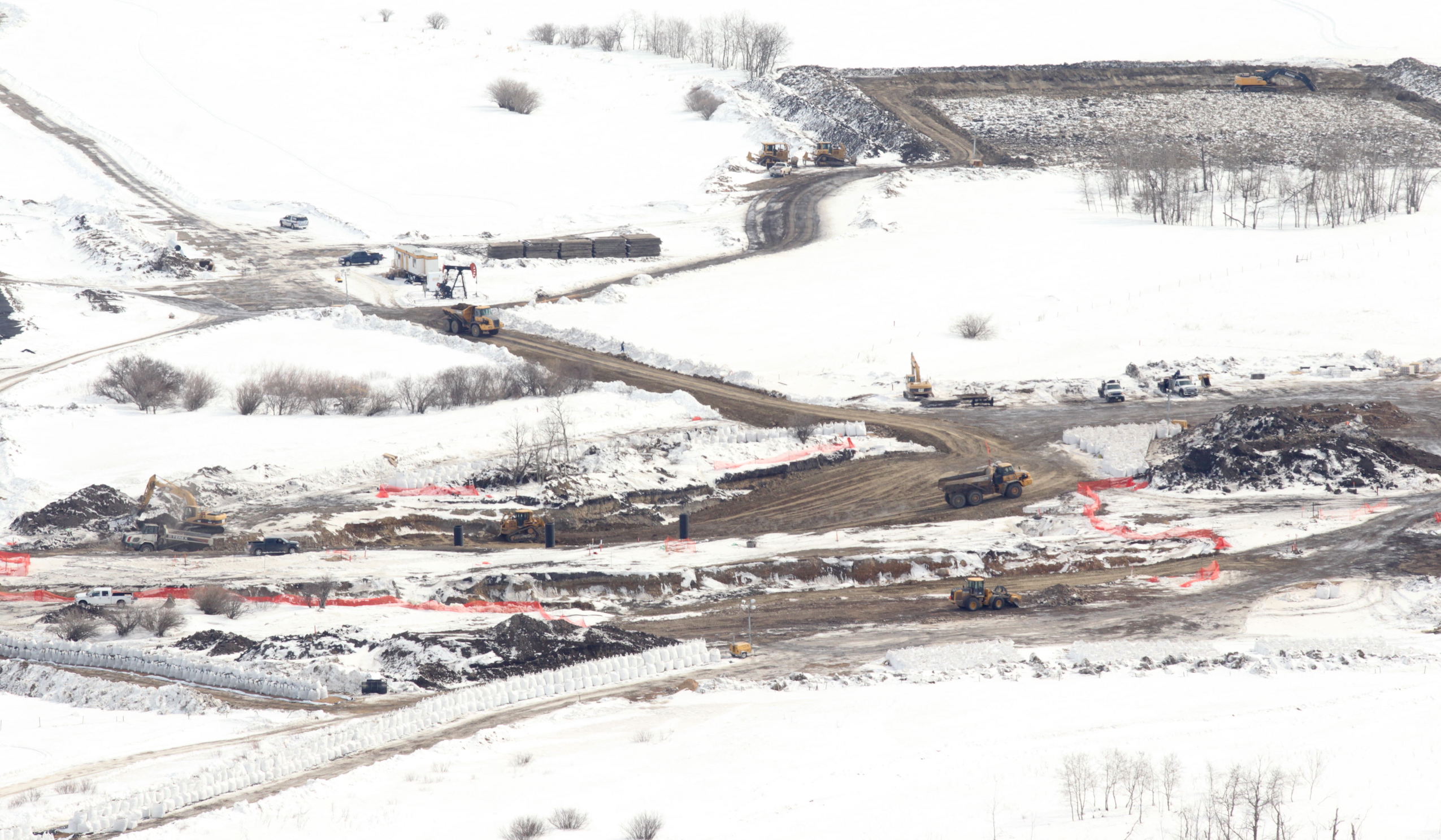
Saskatchewan’s provincial auditor followed with a damning review of pipeline oversight practices a year later, ultimately finding the government “did not have effective processes” to regulate what was at the time a 90,000-kilometre pipeline network (Saskatchewan now has more than 100,000 kilometres of pipelines).
“There are requirements under this legislation that are not being acted upon,” Bonnie Lysyk, then Saskatchewan’s auditor, said. “Failure to regulate pipelines effectively could harm people or the environment.”
Alberta’s sprawling oilsands had a sour record of two pipeline spills per day for nearly 40 years when provincial politicians called for an audit of the Alberta Energy Regulator, eventually conducted in 2015.
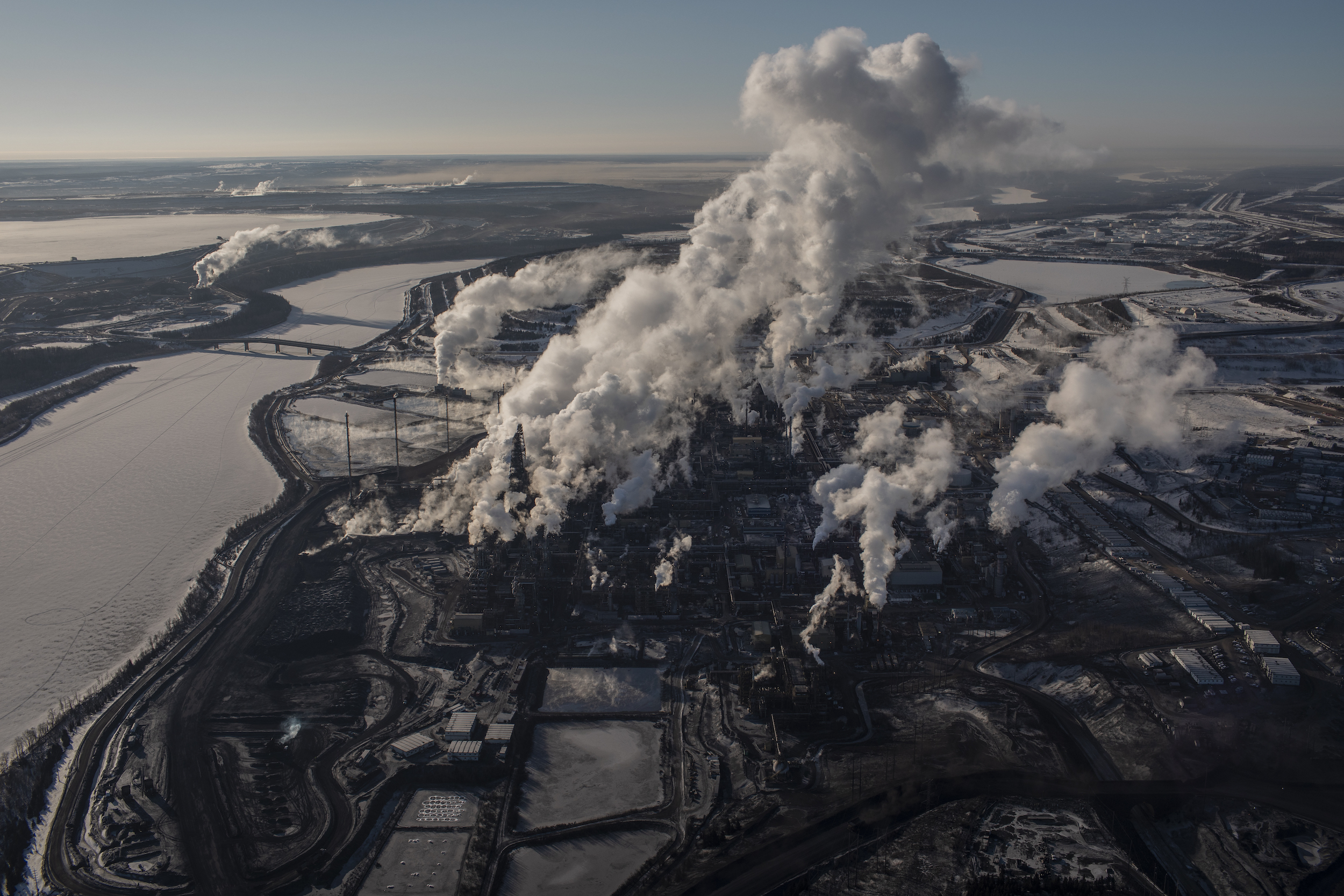
Later, Lysyk — appointed auditor general for Ontario in 2013 — delivered a scathing review of the Technical Standards and Safety Authority that oversees 110,000 kilometres of Ontario pipelines.
“Despite risk of soil and water contamination and two oil pipeline leaks that occurred in 2013, the [Authority] does not inspect pipelines but instead relies on the pipeline operators to conduct their own inspections,” she said in the 2018 report.
“The [Authority’s] own current oversight processes are not fully effective in ensuring public safety.”
While recommendations to each regulatory body varied, auditors found similar deficiencies across jurisdictions — particularly when it came to inspections, documentation and public transparency.
Auditors recommended collecting more detailed and consistent information from industry to keep track of their pipeline operations. Ontario, Saskatchewan and the Canada Energy Regulator were also urged to provide more data — including spill reports, monitoring activities and enforcement updates — to the public.
Manitoba relies on many of the same practices highlighted in those reports, but has never undertaken a similar review.
“We’re dealing with some particularly old [regulatory] frameworks that have significant identified deficiencies,” University of Winnipeg professor and pipeline oversight expert Patricia Fitzpatrick said in an interview.
For many years, Saskatchewan’s pipeline regulations closely mirrored Manitoba’s: the responsibility for inspections fell to an understaffed provincial department, where inspectors regularly reviewed reports provided by oil and gas companies but rarely inspected sites.
Lysyk made five recommendations to improve the efficacy of Saskatchewan’s pipeline oversight, including developing written policy for evaluating compliance with pipeline regulations and assessing the resources needed to properly fulfill the department’s mandate.
The gaps in Saskatchewan’s oversight system would not come into sharp focus until a Husky Energy pipeline ruptured two years later, spilling more than 200,000 litres of crude oil into the North Saskatchewan River.
“This is the most significant [environmental] incident that’s ever happened in this province,” Saskatchewan Crown prosecutor Matt Miazga said when Husky Energy later agreed to pay nearly $4 million in fines for the spill.
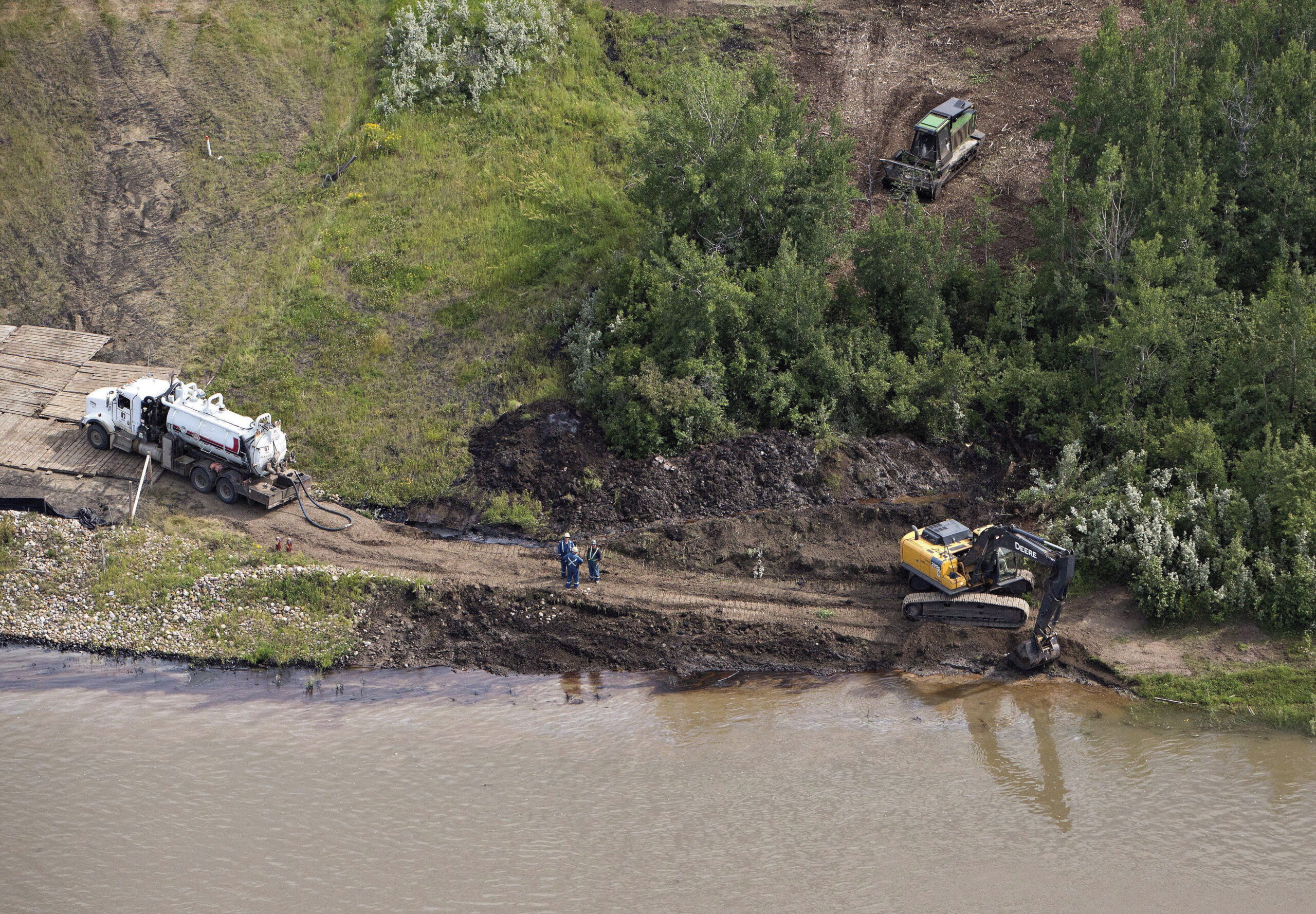
The spill was attributed to riverbank shifting (the same stress that led Imperial Oil to shutter the Winnipeg Products Pipeline in March). Municipal drinking water intakes were shut down for months. James Smith Cree Nation and Little Pine First Nation saw fish spawning beds contaminated.
“We no longer fish in the river. We no longer trap on or near reserve lands. We no longer farm on or near reserve lands,” Little Pine Chief Wayne Semaganis said during legal proceedings. “We no longer drink water drawn from reserve lands.”
In the years that followed, Saskatchewan invested in strengthening its inspection, investigation, penalty and audit powers, according to a 2020 news release that said the province had “fully addressed” all of the auditor’s pipeline safety recommendations.
Other jurisdictions have strengthened oversight in response to the audit reports, moving toward the national standard set by Alberta and British Columbia’s energy regulators.
As Fitzpatrick explains, Alberta, B.C. and the Canada Energy Regulator use a risk-based management system where inspectors look into pipelines on a periodic basis, informed by factors including compliance history, pipeline sensitivity and location.
While Fitzpatrick isn’t convinced this approach is a “best” practice, it is an improved approach.
Unlike other jurisdictions, Alberta’s auditor general found the regulator was “adequately performing its function of overseeing pipeline safety and reliability” and had “well-functioning systems” to regulate its pipelines. The Alberta Energy Regulator oversees more pipelines than any other Canadian jurisdiction with more than 440,000 kilometres — enough to cross Canada 59 times.
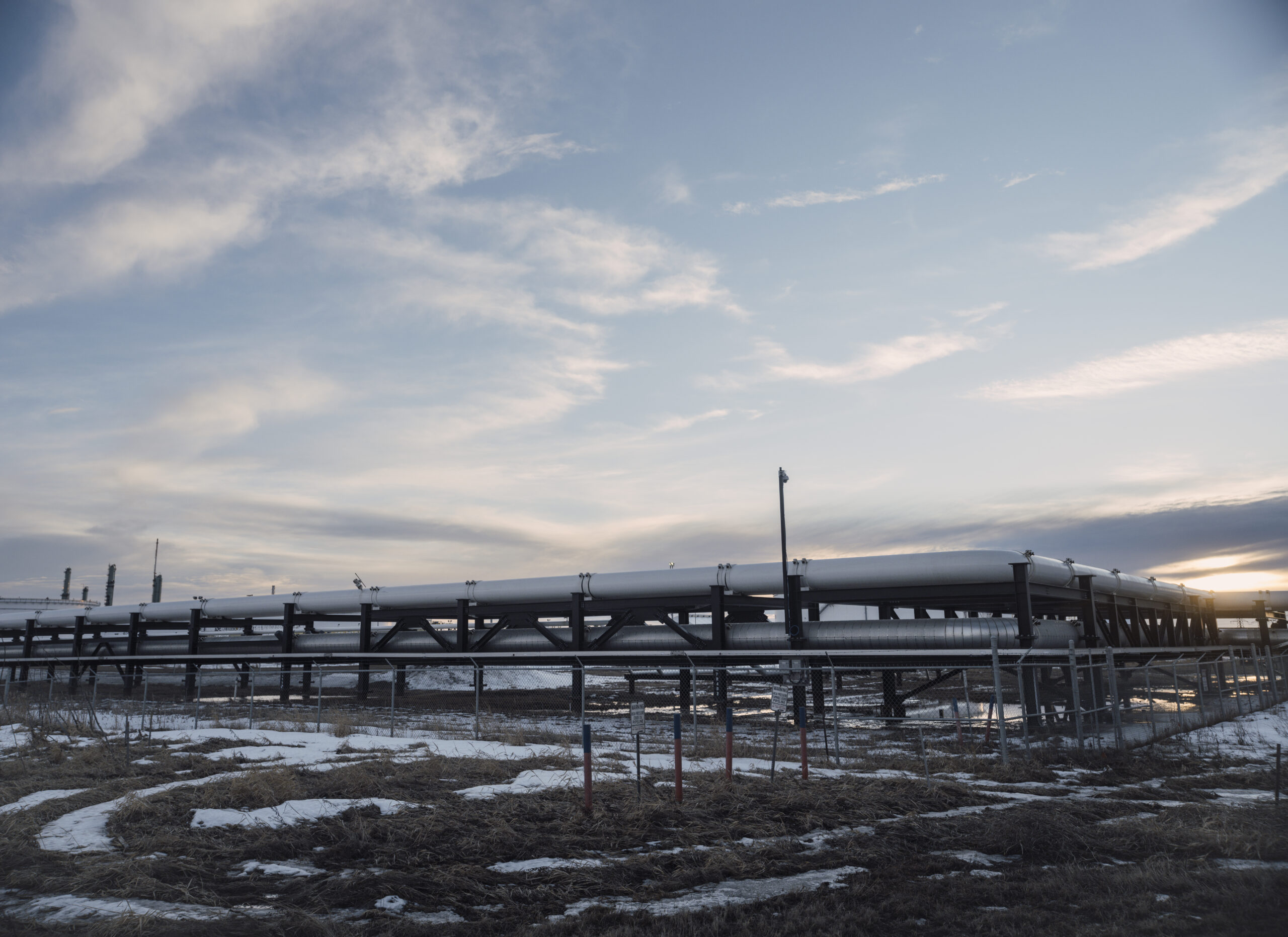
Its 70 field inspectors now conduct an average of more than 1,400 pipeline inspections annually, according to a spokesperson for the regulator.
Ontario’s audit report pointed to the Alberta system as an example of industry best practices. Saskatchewan adopted a similar policy in the wake of the Husky Energy spill.
According to Alan Andrews, an environmental lawyer working with Vancouver based non-profit Ecojustice, British Columbia’s energy regulator takes a similar approach, and has started to crack down on high-risk companies with more frequent inspections and escalating fines.
“All Canadians should benefit from the same level of protection from the risk of spills, regardless of which province they live in,” Andrews said.
Regulators need to be “properly armed with the powers and expertise and capacity they need to get the job done,” Andrews said, adding they need to be independent from industry.
He added staff need to conduct “inspections, monitoring, enforcement and, crucially, issue fines that are at least equivalent to the damage that has been done.”
In Manitoba, there are few inspectors to oversee the industry — and few inspections of Manitoba pipelines.
Manitoba has one active petroleum inspector and is in the process of hiring two more to oversee more than 4,000 producing wells and 5,000 kilometres of active pipelines.
There were just 13 formal pipeline inspections in the last five years. Public information about spills, monitoring and enforcement is inconsistent — if accessible at all.
Despite policies that lead to limited inspection capacity, formal documentation and public reporting of spills and incidents, Manitoba’s auditor general has not conducted any review of pipeline oversight.
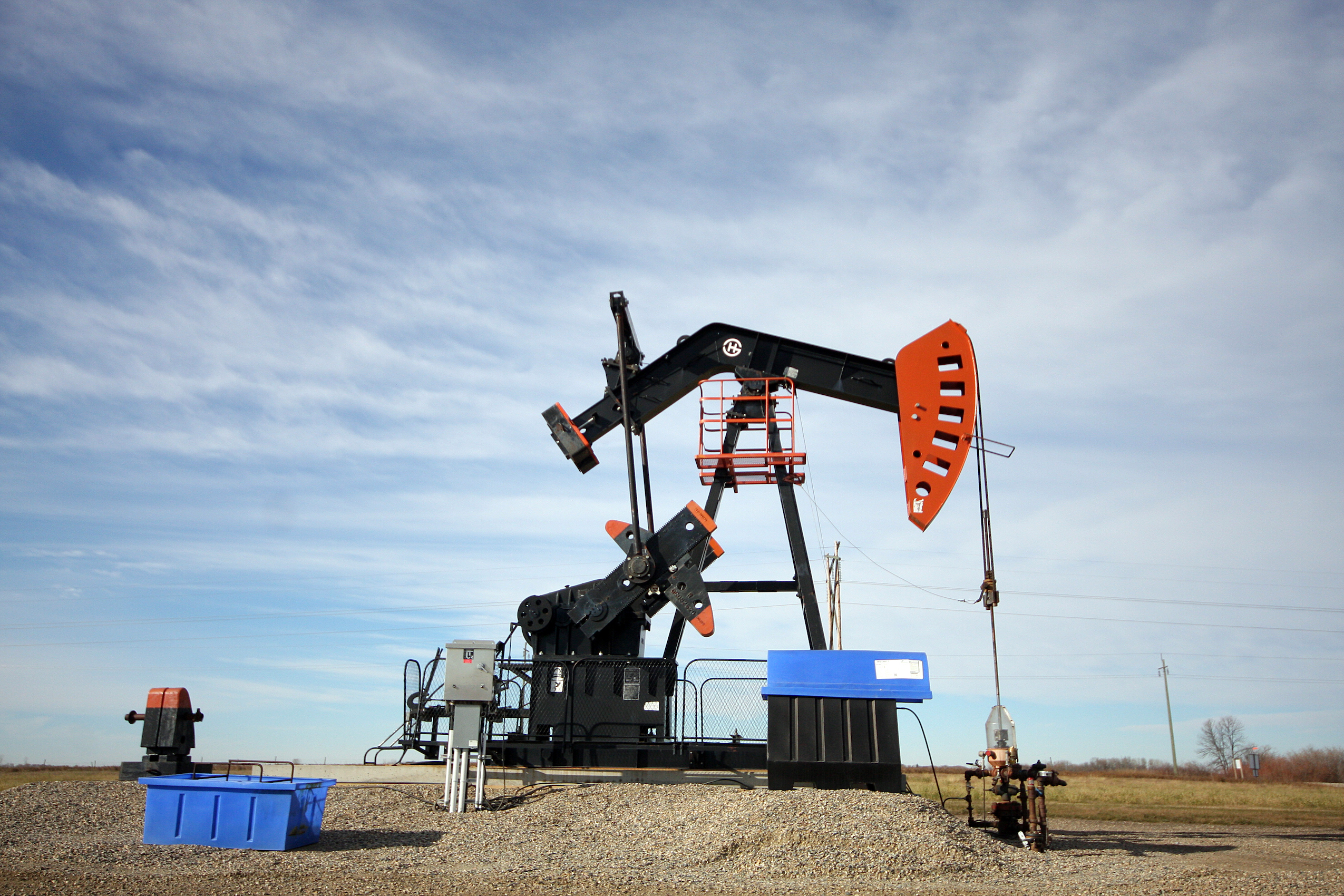
In an interview, Manitoba Auditor General Tyson Shtykalo said he is aware of work other auditors have done with respect to pipeline oversight, but has not identified it as a priority at this time.
Shtykalo’s office aims to conduct five performance audits, which look at anything from regulations to the efficacy of the work of government and publicly funded organizations, each year.
The auditor general creates a flexible three-to-five year plan for investigations based on public interest, including reports made by citizens, stakeholder outreach and media reports. With limited resources and a steady list of financial audits that must be done annually, Shtykalo said his office chooses audits that will have the most significant public impact.
“We want to make sure that the work we’re doing is spread across the public sector,” Shtykalo said.
“And then an important consideration is … if we devote the time and resources to a project or an audit, that the ultimate report and recommendations we make are adding value to the public assembly.”
Updated on July 11, 2024, at 12:06 p.m. CDT: This story has been updated to reflect that Manitoba currently has one petroleum inspector and is in the process of hiring two more petroleum inspectors. A previous version stated two had recently been hired.
Get the inside scoop on The Narwhal’s environment and climate reporting by signing up for our free newsletter. Angello Johnson’s shoulders burn, and his arms...
Continue reading
Bracken was recognized for intimate portraits of residents of Fort Chipewyan, Alta., who told her...

A guide to the BC Energy Regulator: what it is, what it does and why...

The B.C. government has introduced legislation to fast track wind projects and the North Coast...
